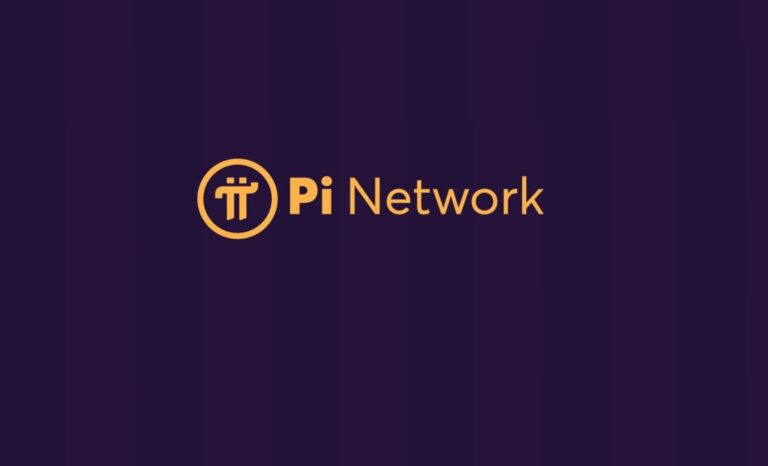
- Chainlink has introduced the Chainlink Runtime Environment, a new framework designed to seamlessly integrate traditional banking systems with blockchain technology, simplifying interactions and enhancing privacy.
- This innovation, which also collaborates with SWIFT and UBS, could accelerate the adoption of blockchain in global finance, paving the way for a more efficient and secure financial system.
The financial world is on the cusp of a major transformation, thanks to Chainlink’s latest breakthrough. The blockchain oracle giant has introduced the Chainlink Runtime Environment, a cutting-edge framework that promises to bridge the gap between traditional finance and the blockchain universe. This ambitious project aims to revolutionize the way banks interact with blockchain technologies, potentially disrupting long-standing financial systems.
Bridging the Gap Between Traditional Finance and Blockchain
Launched on November 16, 2024, the Chainlink Runtime Environment is designed to create a seamless connection between legacy financial systems and the rapidly evolving blockchain ecosystem. The framework targets the simplification of interactions between thousands of financial institutions and blockchain networks, enabling banks to adopt blockchain technology without dealing with its inherent complexities.
For context, traditional banking systems still rely on outdated technologies such as COBOL (introduced in 1959) and Java Runtime Environment (JRE) from the 1990s. Despite their age, these systems power 95% of ATM transactions and online banking today. Chainlink’s new framework is a direct challenge to these antiquated structures, offering a more modern, efficient alternative.
Enhancing Privacy and Interoperability
A key feature of the Chainlink Runtime Environment is its emphasis on privacy and security. Financial institutions handle sensitive data, so maintaining privacy is crucial. Chainlink addresses this concern with advanced privacy tools, such as the Blockchain Privacy Manager and private transactions via the Cross-Chain Interoperability Protocol (CCIP). These features ensure that banks can use public blockchain networks without exposing confidential information or trade secrets.
Additionally, Chainlink’s collaboration with SWIFT—a global leader in interbank messaging systems—demonstrates the framework’s ability to integrate with existing financial infrastructure. A pilot program conducted with SWIFT and UBS in November 2024 showed positive results, particularly in tokenized fund settlements. This success sets the stage for broader adoption of blockchain technologies by traditional financial institutions.
The Future of Finance: Artificial Intelligence Integration
Looking ahead, Chainlink is also exploring the integration of artificial intelligence (AI) to further enhance its blockchain oracles. AI could play a significant role in areas such as real-time proof of reserves, offering an additional layer of reliability and transparency. By combining AI with blockchain technology, Chainlink aims to provide even more sophisticated solutions for financial institutions.
A Game-Changer for Traditional Banking
In conclusion, Chainlink’s Runtime Environment could be the catalyst for widespread adoption of blockchain technologies in global financial systems. By simplifying integration, ensuring privacy, and promoting interoperability, Chainlink is well on its way to transforming the banking sector. As this innovation gains traction, it’s poised to redefine how financial institutions operate, potentially marking the beginning of a new era in finance.




